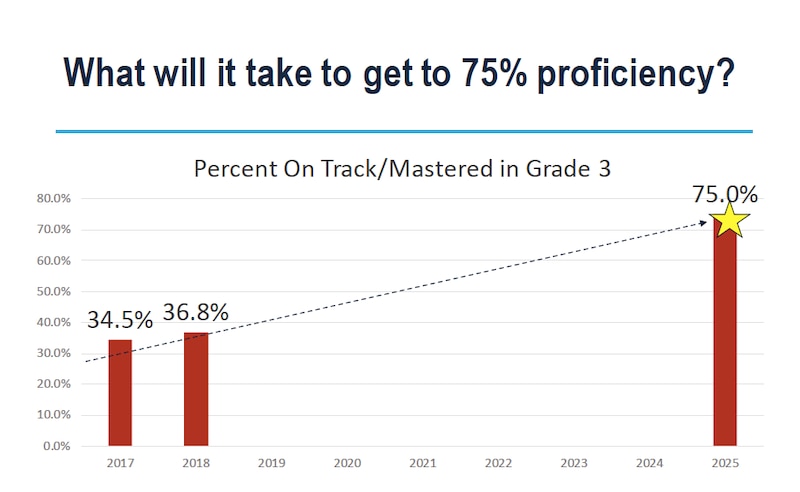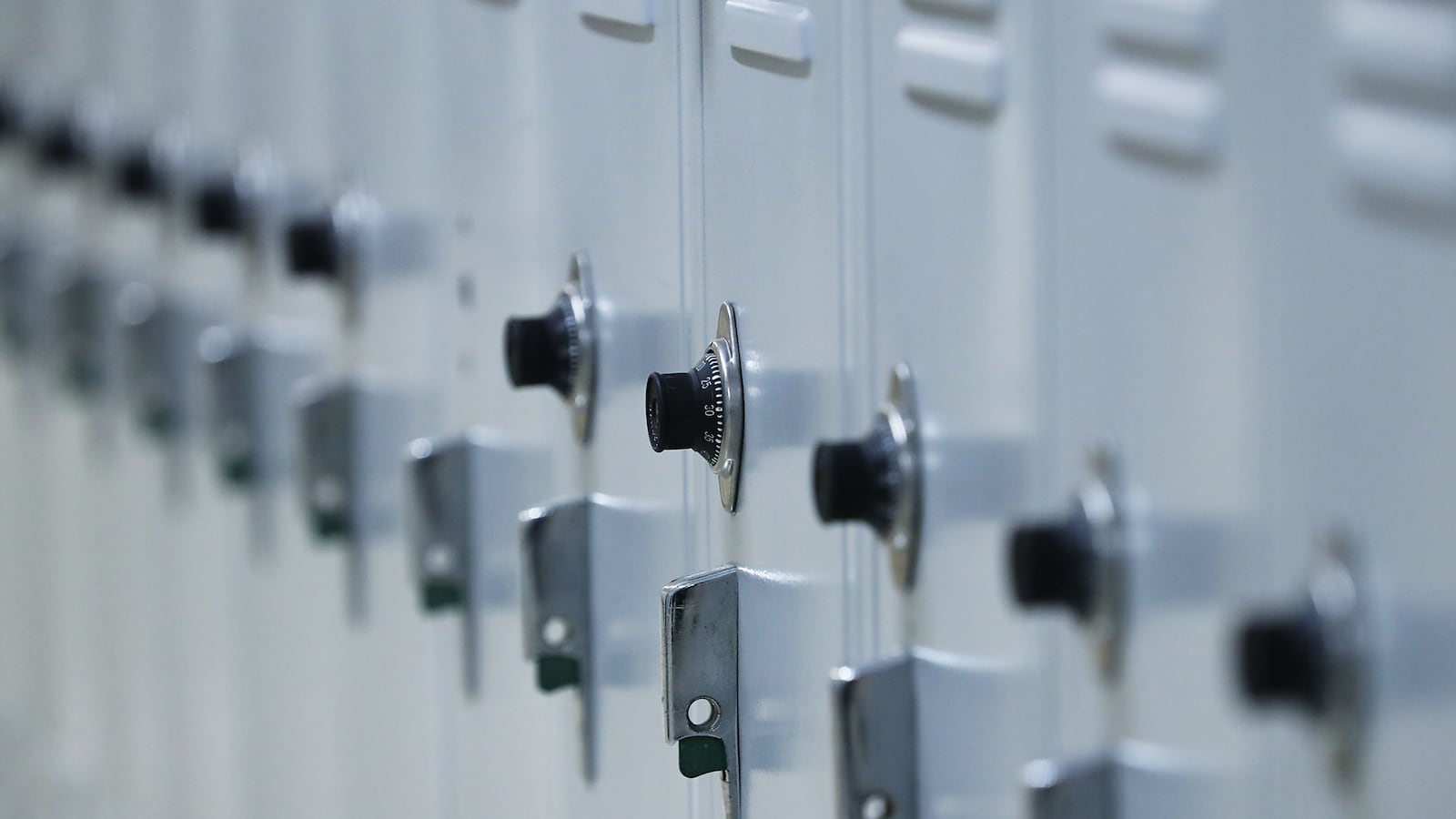Tennessee is scheduled on Thursday to release the results of its annual tests for public school students, marking the fourth year of scores in the assessment era known as TNReady.
Starting with third-graders, TNReady measures student academic performance with a battery of tests designed to assess every student’s true understanding of the material they’ve studied, not just memorized. The goal is to know how to help students advance their knowledge and skills, teachers raise their level of instruction, and districts improve their schools.
Here are six things to know about scores coming soon for the 2018-19 school year.
Tennessee is anxious to rebound from the last round of mostly flat results.
Scores from 2017-18 had some bright spots but were disappointing overall, as middle school performance dropped in every subject and students also saw across-the-board declines in science.
But it’s important to remember that 2017-18 was a wild testing year. Widespread technical problems disrupted exams taken by high schoolers and some middle school students on computers. Then while testing continued, state lawmakers passed emergency legislation rolling back the importance of those scores in students’ final grades, prompting worries that older students stopped trying on the rest of their tests and hurt the final results.
TNReady scores will be taken more seriously this year, though there are still skeptics.
Just a year ago, public trust in the test’s reliability was at an all-time low after three straight years of technical glitches, scoring errors, and score delivery issues. But this spring — after major safeguards were required of testing company Questar — TNReady’s administration went the smoothest ever, building back at least some credibility in the results.
“Last year was ugly, but I feel much better about everything this year,” said assistant principal Tara Baker after coordinating testing this spring at Nashville’s McGavock High School.
Even so, distrust in TNReady won’t evaporate overnight, especially for those who don’t believe a single summative test can accurately and fairly reflect a student’s learning or a teacher’s effectiveness — no matter how well administration went.
“It’s going to take a lot more than one year for faith to be restored,” said Beth Brown, president of the Tennessee Education Association, the state’s largest teachers group.
Keep an eye on reading scores. Tennessee has big goals for improving literacy.
With a little more than a third of its third-graders reading on grade level, the state has a huge hill to climb to get to 75% by 2025 — a goal set in 2016 by former Gov. Bill Haslam’s administration and reaffirmed this year by Gov. Bill Lee.
Third grade is considered a benchmark year for reading because the skill profoundly affects a child’s educational development. Students who don’t read well by the end of that year are four times more likely to leave school without a diploma than proficient readers.
Last year’s third-grade reading performance was encouraging. After years of stagnant scores, a 2.3% increase moved Tennessee to almost 37% of its third-graders reading on or above grade level. But to reach its long-term goal, the state will have to move around 6% more third-graders to proficiency every year.

Results in science also will be interesting to watch.
Last year’s science drops were a big surprise since Tennessee had not yet transitioned to new, more difficult standards and a new aligned test for that subject. At the time, then-Education Commissioner Candice McQueen said the declines reinforced the need to support science teachers in the shift to higher expectations beginning in the fall 2018. Now that those tougher standards are in place, another drop would be expected — but stay tuned!
Student performance will be part of this year’s teacher evaluations, but won’t be used to give schools an A-F letter grade.
For teachers in tested grades, their students’ growth scores from 2018 to 2019 will account for 35% of their overall effectiveness rating, while classroom observations will continue to determine the bulk of their evaluation.
But the plan to use TNReady results to begin giving each school an A-F grade has been delayed for a second straight year. The reason goes back to 2018 testing headaches and subsequent state laws that shield schools from any “adverse action” from those scores, including assigning letter grades to schools. Because this year’s letter grades would have been based on student achievement results for both this year and last, Education Commissioner Penny Schwinn has ordered a 2020 launch. But schools will still be rated this year on a scale of 0 to 4 using other metrics, which you can view on the state report card.
The education department will release statewide, district-level, and school-level results all at once.
That’s a huge data dump, since about 715,000 students in grades 3-11 completed 2 million tests statewide during the month-long spring testing window that ended on May 3.
A year ago, the department released statewide and district-level results in July and school-level scores in August. However, state officials received feedback that a single-day release would be better for school systems.
Anyone with internet access will be able to look up how their school, district, or state performed. As for students’ individual performance, parents or guardians can ask their school administrators to see those score reports. Districts distribute individual reports in different ways, but the information is fair game beginning Thursday.

